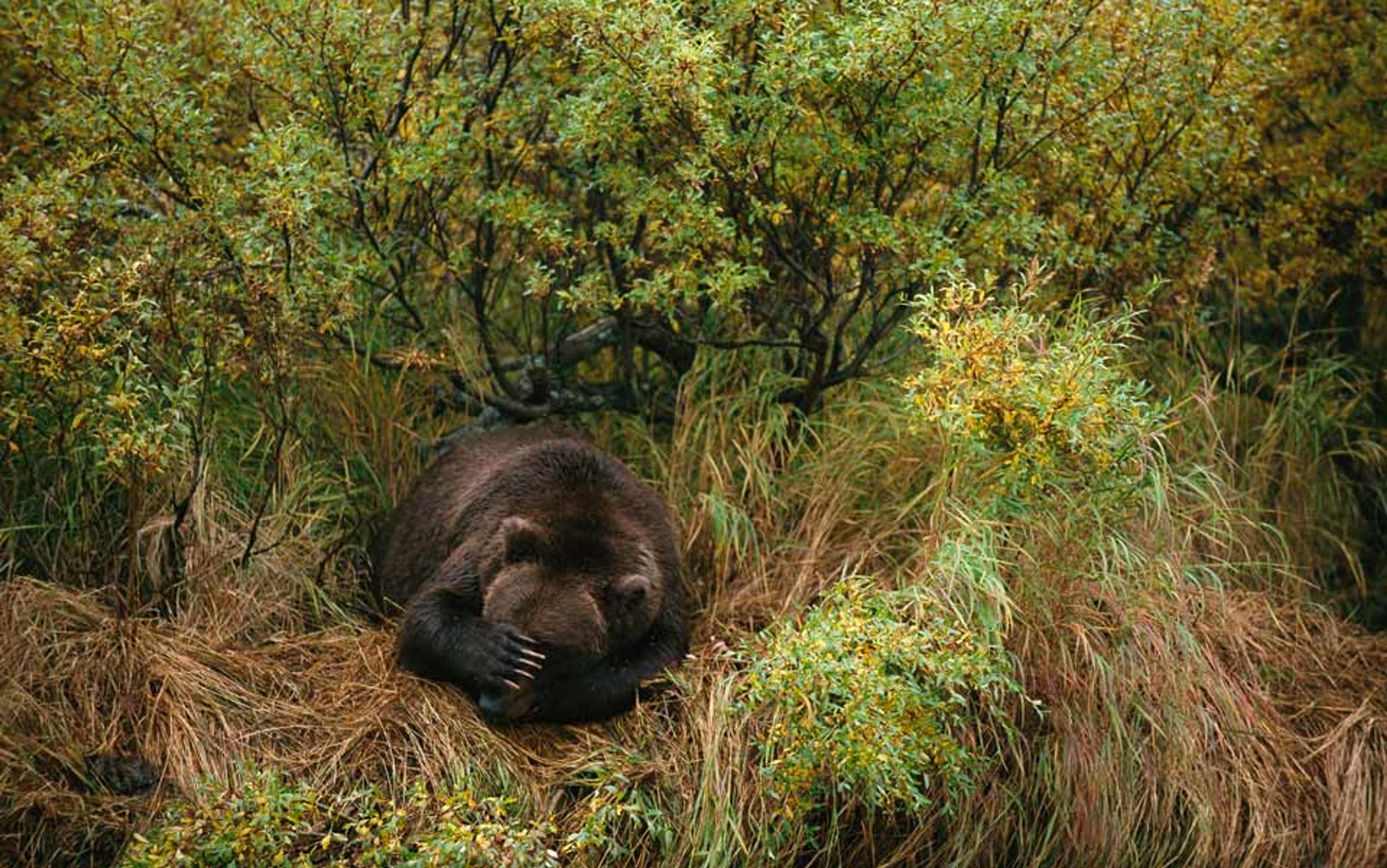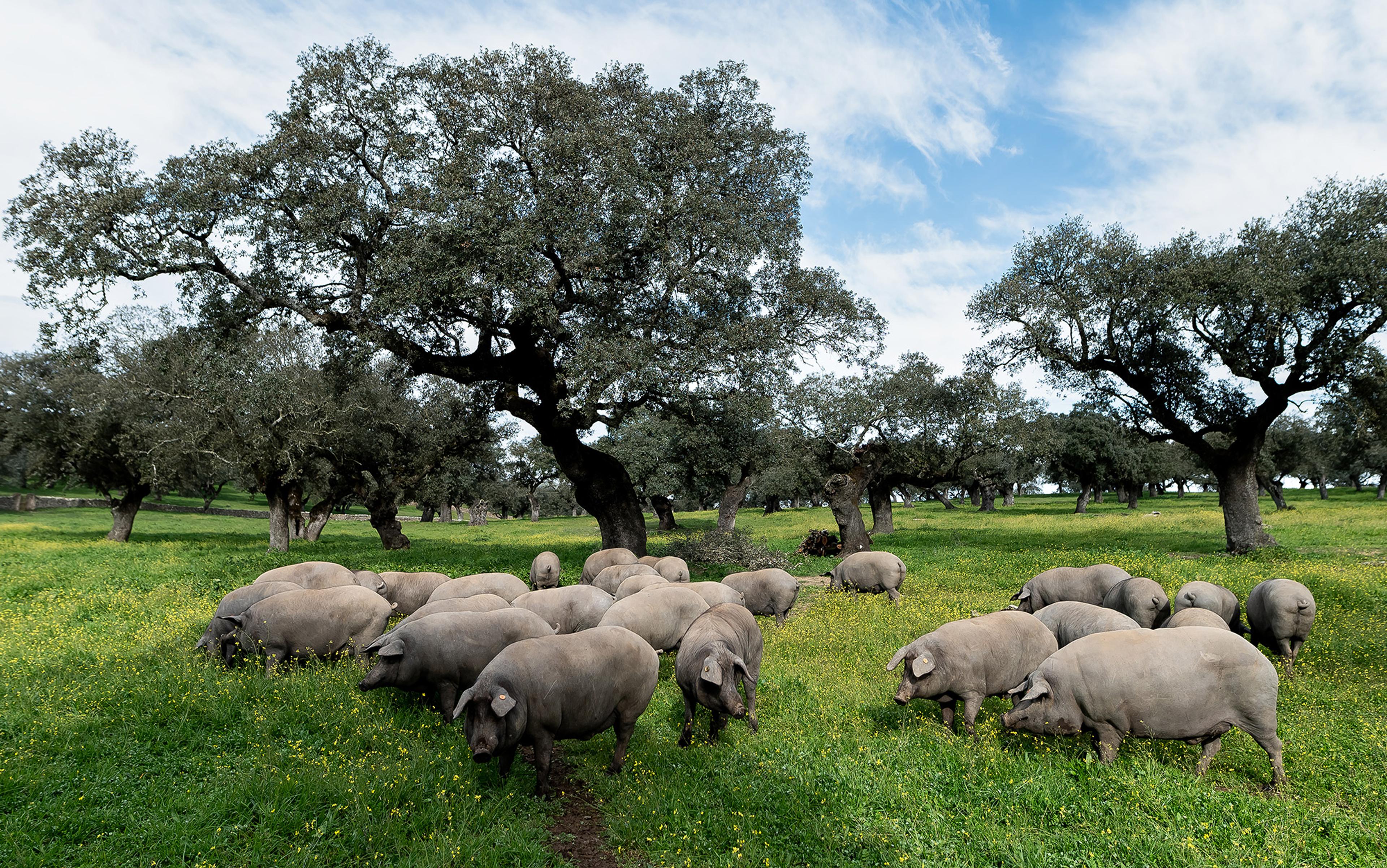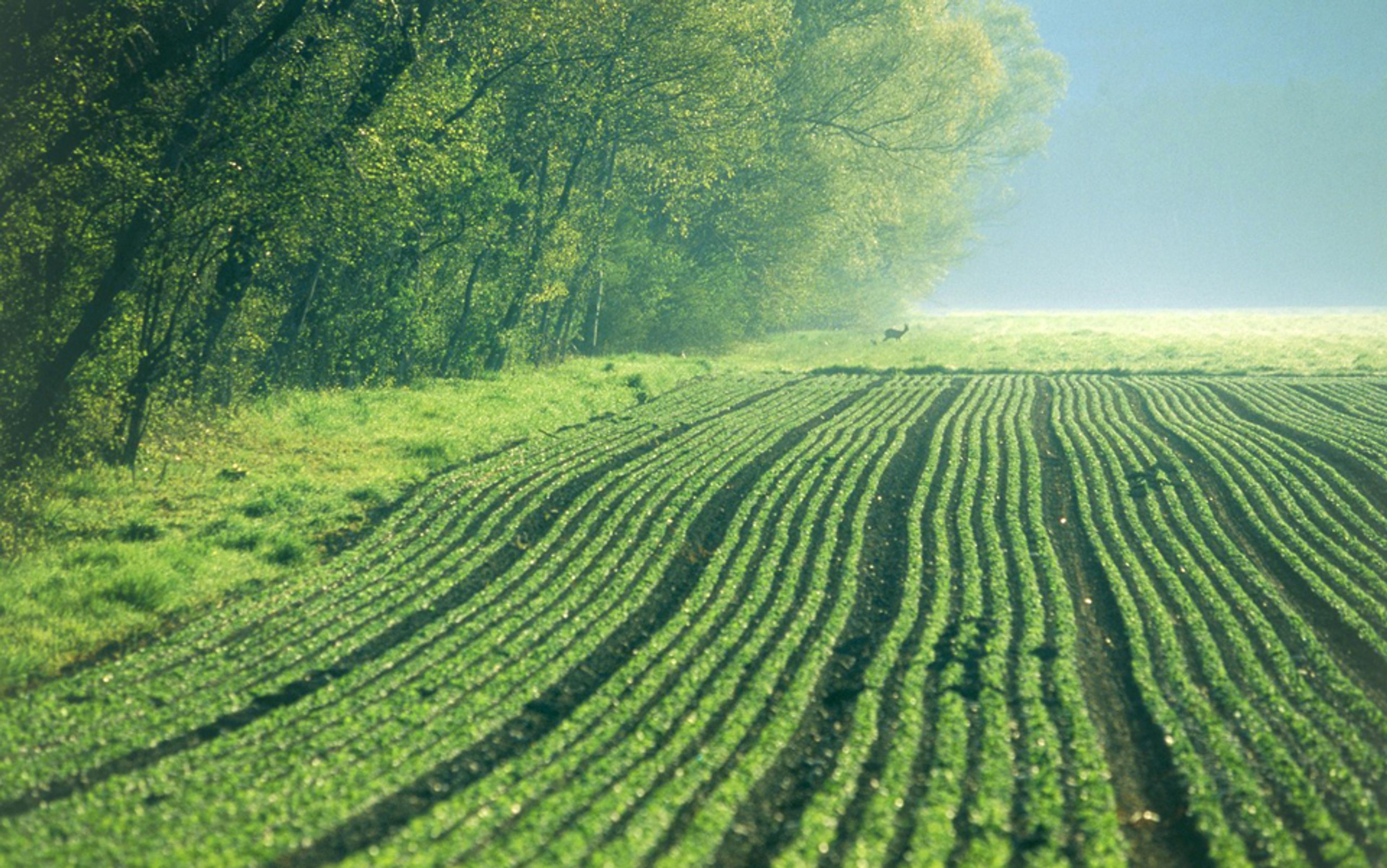Food collected directly from nature appeals to me at a fundamental level. Growing up in India, with roots in the western Himalayas, I enjoyed family holidays that involved fishing or looking for wild berries. Even in the drier urban plains where we normally lived, my parents introduced us to roadside fruit like the vitamin- (and worm-) rich hard berries called ber, the sweet and tangy jamun and falsa that dyed our fingertips and tongues purple, and small wild mangoes that line some of Delhi’s older avenues.
As an adult living and working in the green and cosmopolitan university town of Oxford, I continued my occasional forays into wild foods. I picked blackberries and apples, and made English crumble. I steeped the otherwise inedible sloes in sugar and gin, and treated visiting friends and family to a delightfully scarlet, fruity tipple.
Yet only in the past two years have I embraced the gathering of wild food as an almost daily activity. Like many others, I am uncomfortable with ultra-processed food, which is disembedded from soil, climate, culture and place. A handful of corporations control the bulk of agricultural inputs such as seeds and fertilisers, and also the global food trade. Our cheap food, produced in large volumes for high profits, emerges from battery farming, chemical dependence, pollution and the exploitation of labour in globalised value chains. The cheapening of food, and life, in the industrial food complex is symbolic of our distancing from nature. This distancing is at the heart of the climate crisis.
Modern-day hunter-gatherers or foragers that I know are part of the boomerang effect of McFoodification. In the UK, online foraging communities like Wild Food Larder (membership 210,000+) and Mushroom Spotters UK (membership 93,000+) have new people joining every day. These online groups are free, open to all, and a source of information and community-based advice. There is also an emerging foraging market, with organic retailers selling coveted foods such as wild garlic and chanterelle mushrooms at a premium. Somewhere between community-led initiatives and market-facing ones are a slew of foraging walks and courses, and foraging chefs, who also have an online presence. Here, the new or intrepid forager can get advice on what to forage and when, while dipping into hyper-local, organic produce. Hedgerow jams and jellies, elderflower or nettle cordials, blackberry gin and apple cider, ‘chicken of the woods’ mushroom pies, dandelion syrup and herbal oils are part of this new, yet old and quaint, foraging universe.
My forager friends and online acquaintances may dabble in foraging as an occasional hobby. Others have made it a more integral part of their lives, gathering wild fruit, grasses, leaves, mushrooms, roadkill, fish and fowl for much of their food consumption. Not all foragers have access to open green spaces. Many forage in their everyday surroundings. These might be hedgerows and urban greens that produce more edible items than most of us can imagine. The tiny patch of ignored garden in front of my house has a profusion of dandelion – a ubiquitous, cheerful yellow flower atop long, jagged leaves. The flower gives way to a wispy seed ball that our neighbourhood kids blow into the air for fun.
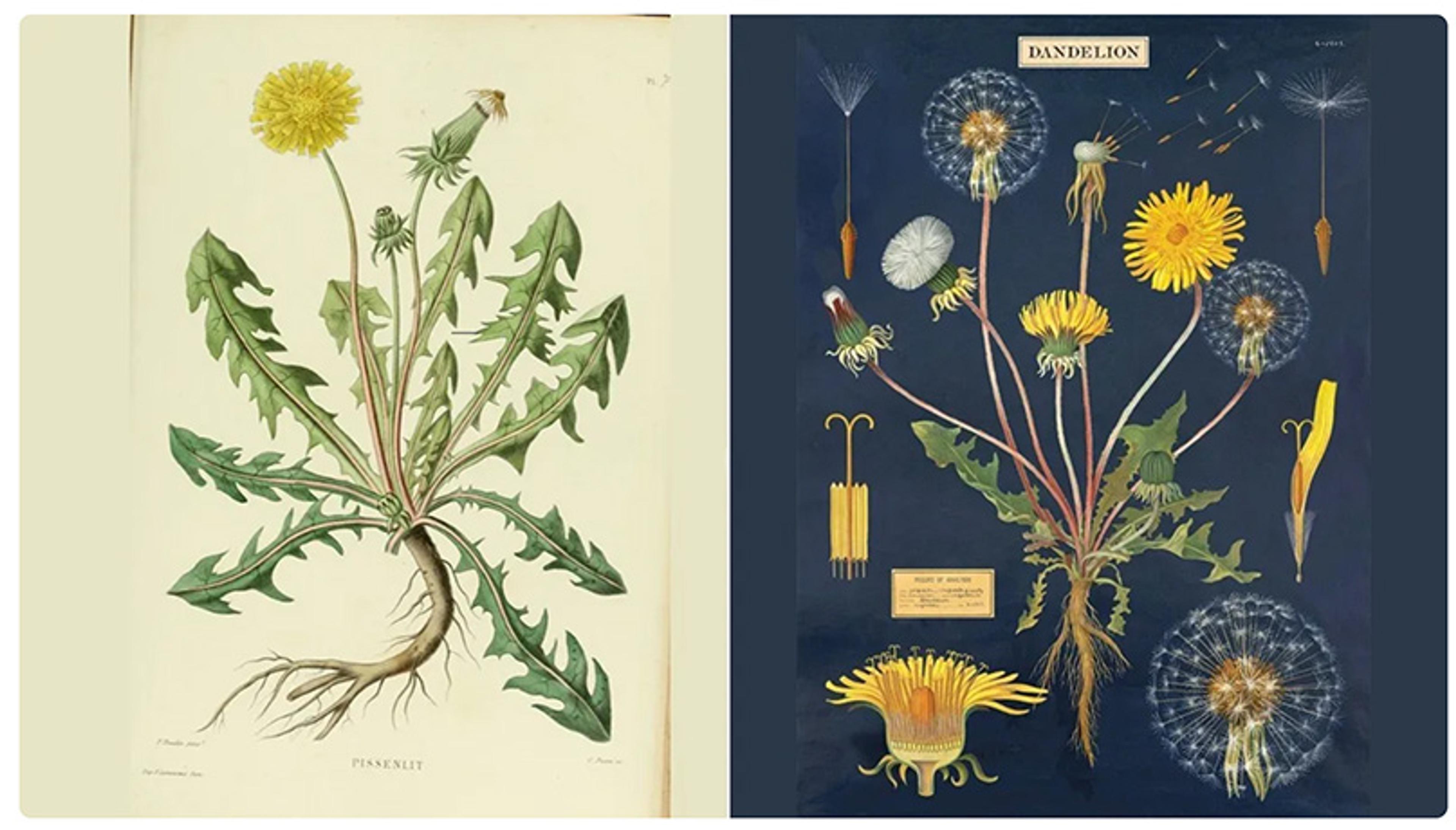
Image courtesy the Biodiversity Heritage Library
Dandelions grow like weeds but are edible and highly nutritious. Young dandelion leaves, rich in vitamins A, B, C and K, as well as iron, zinc and potassium, have gone into our salads and omelettes this spring and summer. Dandelion flowers, also a source of vitamins and antioxidants, have brightened our pancakes and biscuits, and infused herbal body oil. Committed foragers harvest dandelion roots, which apparently make a coffee equivalent – provided you are willing to clean, dry, roast and powder them for your cuppa. I am not there yet, though I have harvested a range of teas from my garden patch and immediate surroundings. These include red and white clover, camomile, cleavers, lemon balm, and strawberry leaf and rose. The teas taste good. Importantly, they have therapeutic properties that were widely known to our herb-harvesting ancestors but are now lost to most of us. A quick read tells me red clover, for instance, helps with respiratory inflammation, and skin conditions like eczema. Commercial outlets sell dried red clover with promises of alleviating the skin and hair deterioration linked to ageing, as well as the effects of menopause and even some types of cancer.
Foraging can extend to supermarket cut-price shelves, or even grocery store dumpsters
Once I started recognising and looking out for plants like dandelion and clover, I find them everywhere – on the side of the urban path leading up to my workplace, along farm tracks, in public parks. Of course, I have to be certain that the local council hasn’t been enthusiastic with weed killer, and doused wild, edible flowers with pesticides. Increasingly, I come across local governments and community groups, including the one in my neighbourhood, showing an inclination for wilding. We know that wildflowers and what we think of as ‘weeds’ are ecosystems for pollinators like bees and butterflies. They are also possible food sources for us, provided we tap into them in moderation and don’t crowd out our fellow beings.
For those without even a bit of green at their doorstep, foraging can extend to alternative surroundings, including supermarket cut-price shelves that contain items that are about to go off, or even grocery store dumpsters where produce that can no longer be sold has been recently discarded. Perhaps what brings many, but not all, foragers together is collecting food for sustenance at the edges of market exchange. I am nowhere near giving up my weekly supermarket shop, but revel in the many foraged items that are now part of our daily diet.
I love that my kids often start their day with wild garlic butter, or blackberry or sour cherry jam on toast. Their school lunch may have a piece of nettle cake. Our evening meal could include a locally foraged salad, washed down with elderflower or nettle cordial, or apple or elderflower wine for the adults. My partner, who is a lawyer, is beginning to wonder if we need a liquor licence for the many types of home brews bubbling, or resting in the coolest corners of our house. I’m not sure what my kids’ schools will think of this, but they are by now well versed in the life cycle of a cider or wine – from picking fruit, to mixing it with water, sugar and yeast, to watching the mixture begin to ferment and bubble as the yeast converts the natural and added sugars to alcohol and carbon dioxide, and then bottling and burping the concoction till the yeast finally settles and the home brew can be further decanted into sterilised bottles for consumption some months or more later. In the past year, we have consumed elderflower wine and bubbly – the latter with more carbon dioxide allowed to remain in the bottles under controlled conditions, and with occasional over-fizzy bottle explosions, as we discovered recently with a two-litre batch. Minor elderflower disasters aside, we have also enjoyed quick and tasty nettle beer, super-cheap but oh-so-sophisticated beech leaf noyau, and rosehip wine – which is still quite young and edgy a year in.
Apart from providing us with fresh, clean and seasonal food, the knowledge and variety that foraging has added to our lives and diets is something I greatly value. Take the humble garlic, for instance. Garlic belongs to the genus Allium that also includes onion, shallots, leeks, chives and scallions. Hundreds of varieties of garlic are found across the temperate world, having spread, over thousands of years, from their native Central Asia.
The commercial variety of garlic most of us know, Allium sativum, has a large bulb that travels and keeps well. Around three-quarters of the world’s supply of commercially sold garlic today comes from China. Yet, under my neighbours’ hedges in Oxford, in marshy river land, on the grounds of my college, and even in a local town square, I have found delicious Allium varieties. These include Allium triquetrum, or three-cornered leek, which is an excellent substitute for spring onion; Allium roseum with its pungent pink globular bulbils and chive-like stems; and an abundance of Allium ursinum, commonly called wild garlic. Allium ursinum has a short growing season around spring. It has just one small clove in its sub-soil bulb. The bulk of its intense garlicky flavour comes from large, lush, eye-shaped leaves that can take over a landscape.
If we are somewhat in tune with our senses, the fragrance of wild garlic is hard to miss when walking near a patch. Towards the end of the season, foragers are rewarded with a burst of buds, flowers and, eventually, seeds. In the wild garlic season earlier this year, my family and I ate the fresh leaves in salads, scones, pestos, and cooked as a spinach substitute in sabzi. Now, a jar of wild garlic buds pickled in apple cider vinegar, salt, sugar, cinnamon and peppercorns adorns my kitchen ledge and should last us till the start of the next season. I have also tried my hand at lacto-fermenting wild garlic leaves in salt – the base method for making Korean kimchi, and an excellent, probiotic, gut-friendly food-preservation technique.
I’d love to pat myself on the back for a healthy and natural foraging lifestyle. Yet, I cannot overlook the privilege of time and space that affords me my partially foraged diet. I am a busy parent and working professional, but can still afford to switch off and just walk, looking for those oyster mushrooms or three-cornered leeks I read about. I am not juggling three jobs a day, which might make a highly processed, canned readymeal my go-to. Importantly, I live in a country with reduced, but fiercely protected, commons.
England has a long history of enclosure of common land for those aligned to power. Acts of Parliament from the 17th to early 20th centuries institutionalised enclosure, resulting in a fifth of the area of England, about 6.8 million acres, being privatised. A genre of poetry lamenting the loss of the commons, and the bounty of nature, reflected these forced expulsions:
There be many rich men,
Both Yeomen and Gentry,
That for their owne private gaine,
Hurt a whole Countrey
By closing free Commons
– from A Book of Roxburghe Ballads (1847) by John Payne
In this context, the return of foraging is happening in locations and among communities that can still access the commons. In England, the commons have shrunk to around 3 per cent of the land area, from around 50 per cent in pre-enclosure times. These commons are cherished by foragers, with my foraging friends well aware of their legal right to most wild produce, provided it is for personal consumption.
Local women want to prevent the land from being surveyed by officials facilitating the solar project
Some of these people are involved in movements against renewable energy installations that now threaten cherished commons. This includes a vocal, ongoing protest against the Botley West Solar Farm, a 1,400-hectare development proposed on extensively farmed land, commons and a fraction of the private estates of Blenheim Palace and Merton College, Oxford. Around 80 per cent of the residents of the surrounding 15 villages object to the solar farm, and have successfully pressured Merton College to withdraw from the development. Preservation of the commons, and the way of life these enable for the local community, is central to the opposition’s argument.
While on a foraging walk in the rolling countryside around Oxford, I stop at one of the villages involved in the Botley West protest. I take in the thatched roofs, the common or ‘village green’ next to the local church. The picturebook scene is broken by angry posters like: ‘SAY NO TO BOTLEY WEST SOLAR FARM!’ I am immediately transported to similar posters in my field sites on Rempang Island in western Indonesia, also being repurposed for a large solar project. As you enter Sembulang Hulu village, at a lookout peopled largely by local women who want to prevent the land from being surveyed by officials facilitating the solar project, placards state:
STRONGLY REJECT RELOCATION.
DON’T DISTURB OUR SEA AND BEACH LAND.
#saverempanggalang
#savefishermen
#savefarmers
Sembulang Hulu is one of 16 villages that will be taken over by the proposed Rempang Eco-City, a collaboration between the Indonesian government, the Indonesian business conglomerate the Artha Graha group, and China’s glass manufacturing giant Xinyi Glass. Their ‘Eco-City’ is envisioned as a huge solar photovoltaic manufacturing centre, with a series of solar farms, and an eco-friendly residential hub spread over a staggering 17,000 hectares. To move forward with this eco-city, the government is intent on displacing Rempang’s 7,500 inhabitants, who live off the abundant fish and food provided by the calm waters of the Malacca strait, and the fertile coastal lands abutting it. While the residents have lived in Rempang for generations, and have ancestral graveyards to prove this, they don’t have individual land titles. The government claims this as state land. The residents think of it as ‘old village’ land (kampung tua) that is a common heritage.
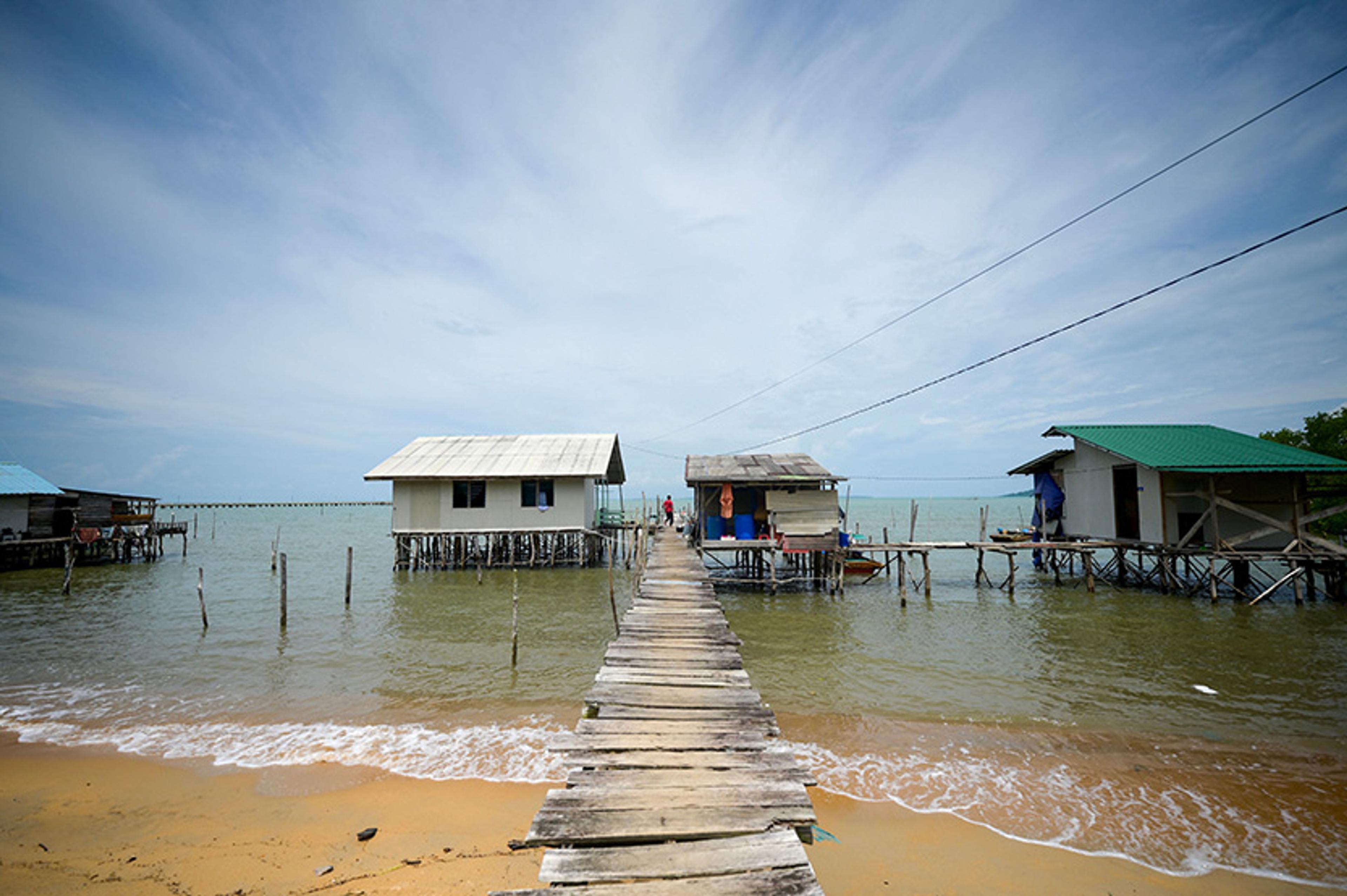
Residents of houses in Sebulang, Rempang Island, threatened with eviction, rely on fish and sea cucumber for their livelihood. September 2023. Photo by Bay Ismoyo/AFP/Getty
To underline their connection to the land and sea, the residents point to the seaweed, fish and fruit that they harvest for sustenance and sale. When I excitedly gesture towards the bananas and mangoes growing by the paths of their various villages, they generously hand over some to me. This is foraging as a way of life and livelihood, not as a middle-class hobby. Of the seaweed they collect, rengkam from the Sargassum genus fetches 1,600 Indonesian Rupiah (cUS$0.10) per kg. Rengkam is dried and processed in local warehouses, and exported as far as Japan and South Korea. It is integral to dishes like Hijiki Seaweed Salad, served with batons of carrot and sliced lotus root, now familiar even in Western countries with Japanese sushi outlets.
Preservation of the commons is a strident argument of my foraging friends and neighbours in Oxfordshire. Remaining connected to the commons is a ‘do or die’ matter for my Indonesian islander community contacts as one of them says eloquently. In 17th- to 20th-century England, the Lockeian idea that property should be made and held by the highest-value creators formed the justification for enclosure of the commons. At the time, this value lay in intensive farming, industrialisation and urbanisation. The production of renewable energy for a world heating up with fossil-fuel dependence justifies a higher value today: one that combines economic worth with the moral and material imperative of decarbonisation for a greener world. Except that the green represented by nature and its bounty is missing from this new, carbon-determined calculus.
As I sit with them, an old fisherman at the protest lookout at Sembulang Hulu village asks a legal aider assisting with the community’s land claims: what will Rempang Eco-City actually produce? ‘Energi hijau [green energy],’ says the legal aider. The old man snorts: ‘What is so green about it, when they’ll cut all our trees, and flatten our fields that grow chillies, cucumbers, long beans, corn and sweet potato?’
In their own ways, foragers in different parts of the world are bringing attention to the land and water on which our food, lives, history and culture depend. The green of the forager’s world and the greener world promised by tech-driven climate fixes are currently on different planes. The scepticism of the fisherman facing displacement exemplifies this divergence. Without a conciliation, elite climate solutions will prove to be no solution at all for people like him.
Meanwhile, I continue to forage for joy and sustenance, while increasingly relating to the commons-dependent communities I work with in East, Southeast and South Asia via foraged food and drink. We talk land and energy, while discussing and enjoying seaweed, fruit, varieties of edible greens, and local brews made with rice, sorghum and plant saps. We criticise the green agendas of governments and rich businesses, disembedded from the land. And we raise a toast to the land that continues to, somehow, still look after us.

